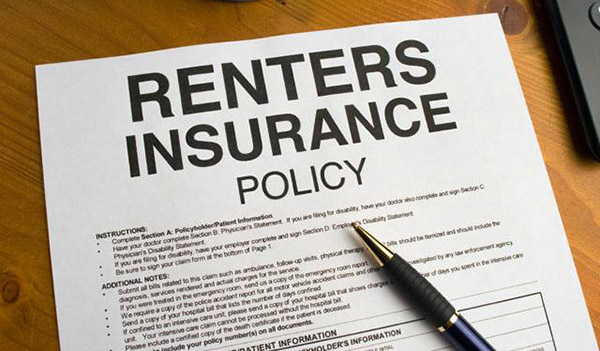
Turn It Down Already!

For many landlords, noise complaints are all too common.
It is often difficult to monitor noise, and to determine if the particular type or level of noise violates the lease agreement.
Not all noise is from partying or loud music. Other common sources include children, dogs or a TV.
Here are some steps to follow to resolve a noise complaint at your rental property:
Knowledge of local laws is crucial. It’s no coincidence that noise levels often are described in local ordinances. Use those standards as your guide.
But sometimes noise concerns can happen in areas not covered by a noise ordinance. Just because tenants can legally play loud music all hours of the night doesn’t mean your other tenants want to hear it, and unresolved noise complaints will likely have other tenants thinking about how to break the lease and move out.
The next step is to include clear rules regarding noise in your lease agreement. For example, it is a very common practice for landlords to have quiet hours listed, perhaps from 10 p.m to 8 a.m, to avoid late night noise — the most common irritant.
But don’t assume that all tenants work 9-5 day jobs. You might have a tenant who works a graveyard shift and sleeps during the day. For them, quiet hours should look more like 10am-8pm, which is not practical.
Have a policy where tenants can report a problem without forcing tenants to go to one another. Resolving an issue may not be as easy as just leaving a friendly note on the door. Renters are not always comfortable talking to one another about these situations. Avoid escalating disputes. You should expect to play mediator and investigator.
If you can’t mediate the dispute, then you may have to take the next step:
You will have to figure out if a tenant’s complaint is warranted, or not. Some tenants might not like the sound of the neighbor’s children running and playing. Complaints involving families are tricky as it might be misconstrued as discrimination if you go after large family gatherings or tenants with children. For this reason, you should be dubious about forbidding tenants from having too many guests, because if the guests are related, it might be discrimination.
Speak to the accused culprit and let them tell their side. Also, talk to other tenants for collaboration. Maybe the complaint comes from someone who expects too much silence for an apartment building. You may have to explain to the complainer that you have done all you can.
If you are receiving complaints routinely, check for yourself how noise-proof your dwellings are.
Do the dwellings need more insulation from the outside noises, as well as in between units?
Many complaints are one-time events, perhaps from a tenant who wasn’t aware of their nocturnal neighbor. It is a good ideal to provide one warning to avoid evicting an otherwise good tenant. But for persistent complaints, you might have to give the offending tenant a “cure or quit notice” informing them that they are in violation of the lease agreement and can be evicted if the problem isn’t fixed.
Then, you have to be ready to make good on your promise and file an eviction. Otherwise, you are never going to hear the end of it!
| American Apartment Owners Association | Company Website |
Rental property management can be very demanding. Our job is to make this day-to-day property management process smoother. AAOA provides a host of services ranging from tenant screening to landlord rental application forms and contractor directory to apartment financing. |



 Jeanne M. Salvatore, senior vice president and consumer spokesperson for Insurance Institute Information, recommends that all homeowners take time to make a complete list of personal property to control their assets. Salvatore’s recommendations also apply to property managers. Working from a proactive vantage point, residential property managers who commit to an annual review of physical inventory stand to gain greater control over their return on assets.
Jeanne M. Salvatore, senior vice president and consumer spokesperson for Insurance Institute Information, recommends that all homeowners take time to make a complete list of personal property to control their assets. Salvatore’s recommendations also apply to property managers. Working from a proactive vantage point, residential property managers who commit to an annual review of physical inventory stand to gain greater control over their return on assets.
 It’s inevitable that landlords and property managers will experience resident negligence that leads to unintended damage to the unit. Although residents may think they are engaged in innocent actions, landlords and property managers may wonder “what the heck was that resident thinking?” after coming across the by-products of these actions.
It’s inevitable that landlords and property managers will experience resident negligence that leads to unintended damage to the unit. Although residents may think they are engaged in innocent actions, landlords and property managers may wonder “what the heck was that resident thinking?” after coming across the by-products of these actions. As real estate crowdfunding builds a head of steam behind the
As real estate crowdfunding builds a head of steam behind the 










